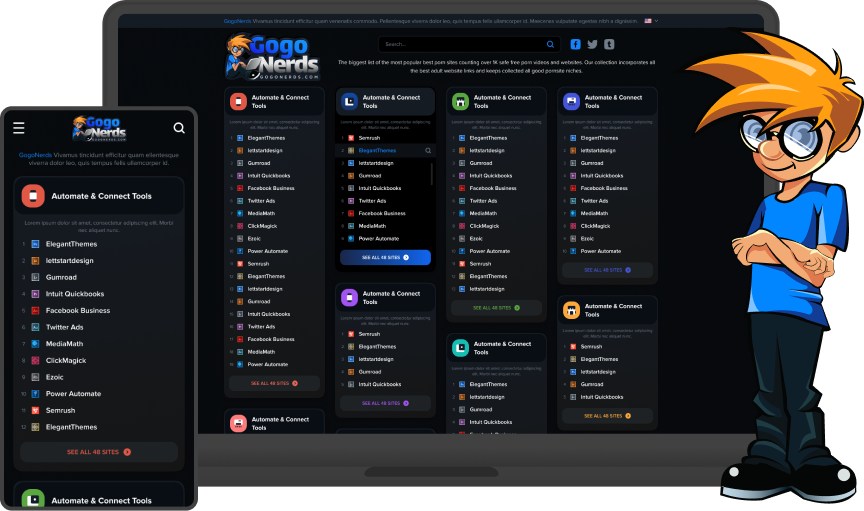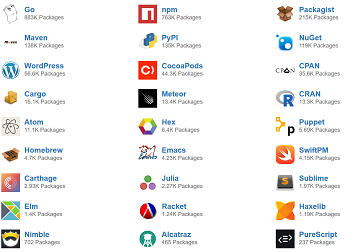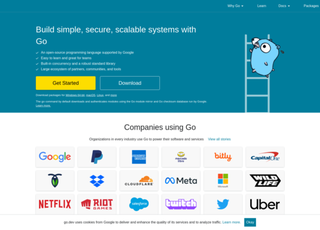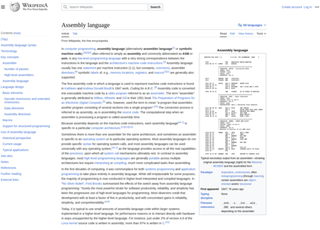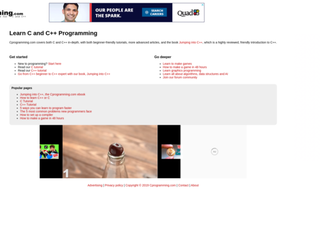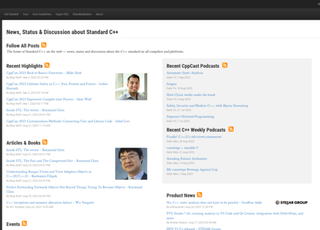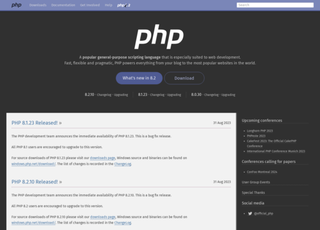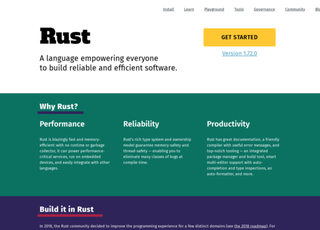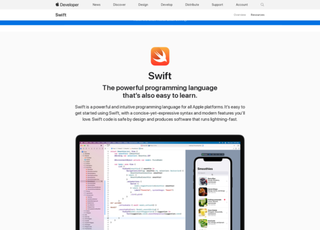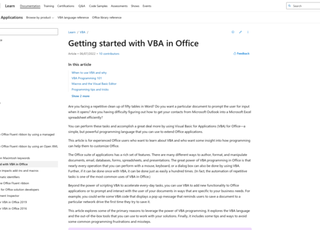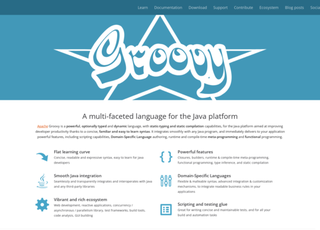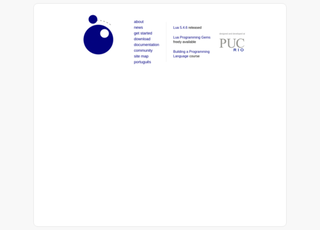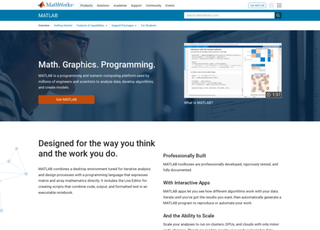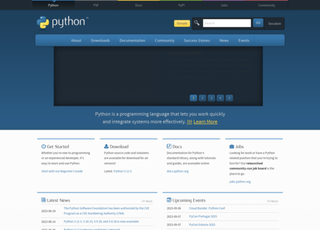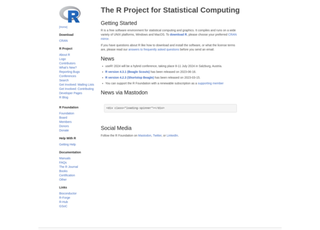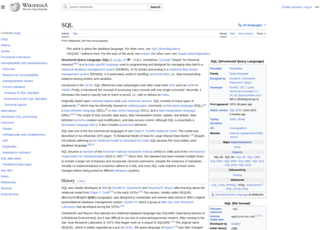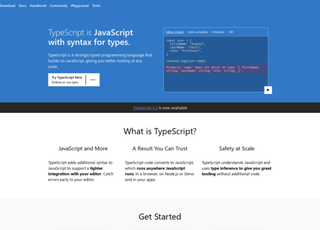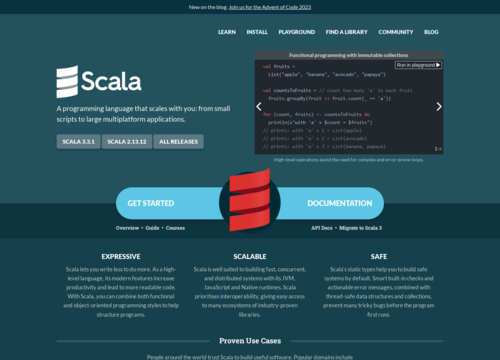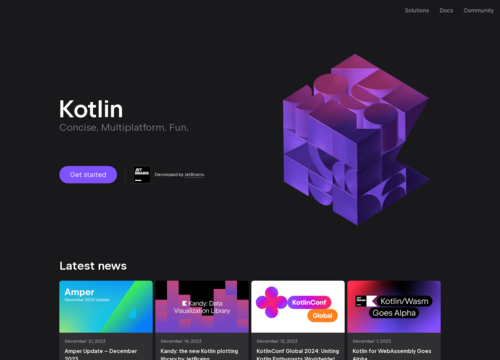Go
The Go programming language, often referred to as Golang, was created by Google in 2009. It is known for its simplicity, efficiency, and reliability, making it a suitable choice for various types of development projects. Here's a more detailed review based on various aspects:
Design and Purpose
Go is a statically typed, compiled language designed to be straightforward and efficient, which aids in the quick development and maintenance of software.
It is mainly used for building web applications, cloud services, and distributed systems due to its simplicity and capability to handle concurrent tasks efficiently.
Industry Adoption
Many tech giants like Dropbox, Docker, Facebook, Netflix, Uber, and Twitter have embraced Go, indicating its robustness and ease of learning, especially for new coders who are getting their first exposure to a statically typed programming language.
Performance and Comparison to Other Languages
When compared to Python, Go tends to have a performance advantage due to its nature as a compiled language. It also offers a straightforward concurrency model, which is useful for web development and other multi-threaded tasks.
Learning Curve
Go boasts an easy learning curve, making it a popular choice among new developers. The language's simplicity also makes it easier for developers to read and maintain code written by others.
Community and Support
The active community and the backing of Google have led to a wealth of libraries and frameworks, which further ease the development process.
Potential Drawbacks
One of the criticisms is that Go lacks some features of other modern languages, which might limit its flexibility in certain scenarios.
Besides the aforementioned points, there are a few more aspects to consider when reviewing the Go programming language:
Concurrency Handling
One of Go's standout features is its built-in support for concurrent programming. Concurrency, the ability to handle multiple tasks at the same time, is a core part of Go's design, enabling developers to build fast, reliable, and scalable applications.
Standard Library
Go comes with a rich standard library, particularly noted for its offerings in building web servers, handling I/O operations, and working with text and images among other things. The comprehensive library helps in reducing dependencies on third-party libraries, ensuring that Go applications are efficient and secure.
Deployment
Due to its compiled nature, Go applications can be easily packaged and deployed on various platforms. The language's tooling provides a streamlined process for building, testing, and distributing software, which is a significant advantage for developers working in diverse environments.
Cross-platform Development
Go supports cross-platform development, allowing developers to write code that runs unchanged on different operating systems and architectures. This feature is crucial for projects that require a broad reach across various platforms.
Ecosystem
The ecosystem around Go has been growing steadily, with a wide range of libraries and frameworks available for developers to use. This, coupled with Go's simple syntax and strong community support, fosters a conducive environment for development.
Documentation and Resources
Go has well-maintained documentation and a plethora of learning resources available. This is particularly beneficial for newcomers to the language and contributes to the ease of learning and adoption.
Corporate Backing
With the backing of Google, Go has the resources and support of one of the tech industry's giants, which not only ensures its continued development but also instills confidence in the language's stability and future prospects.
Go is valued for its simplicity, efficiency, and the ease with which developers can learn and use it for a variety of programming tasks, especially in web and cloud services development. Its adoption by major tech companies and its active community indicate a positive trajectory for this programming language.

